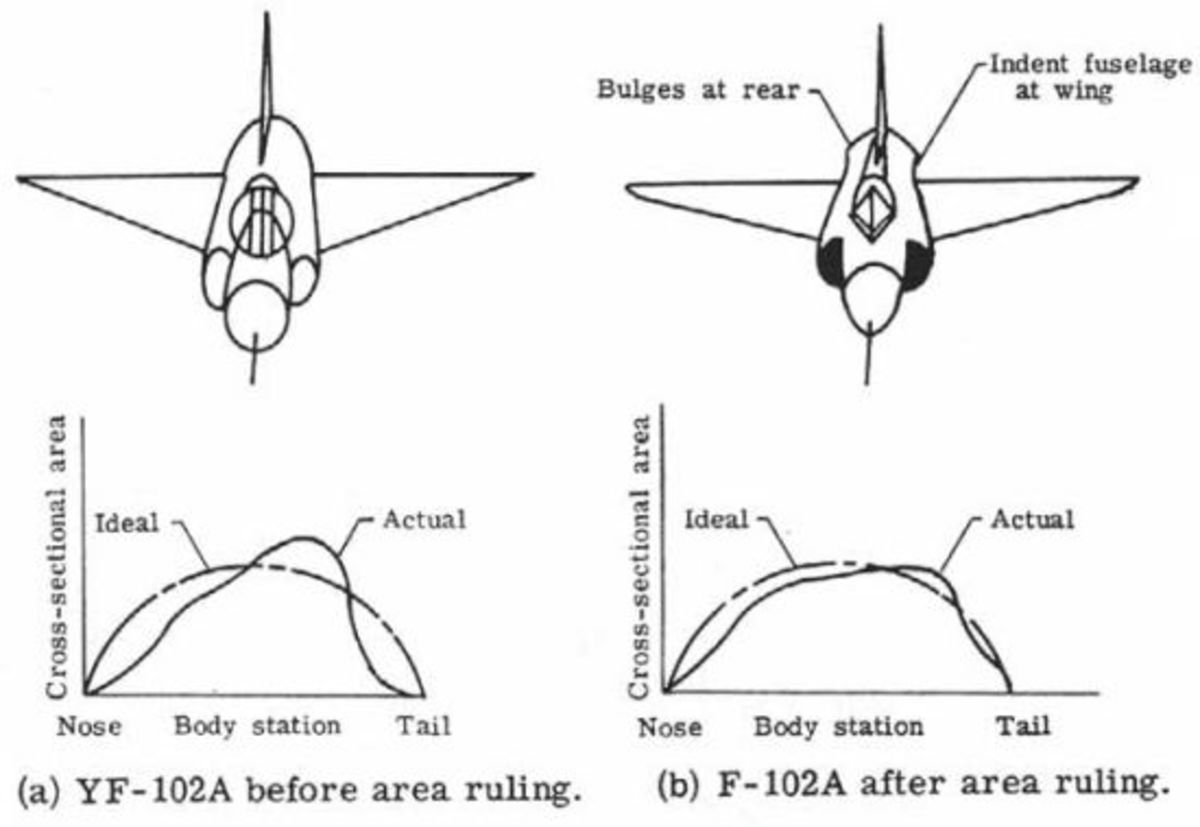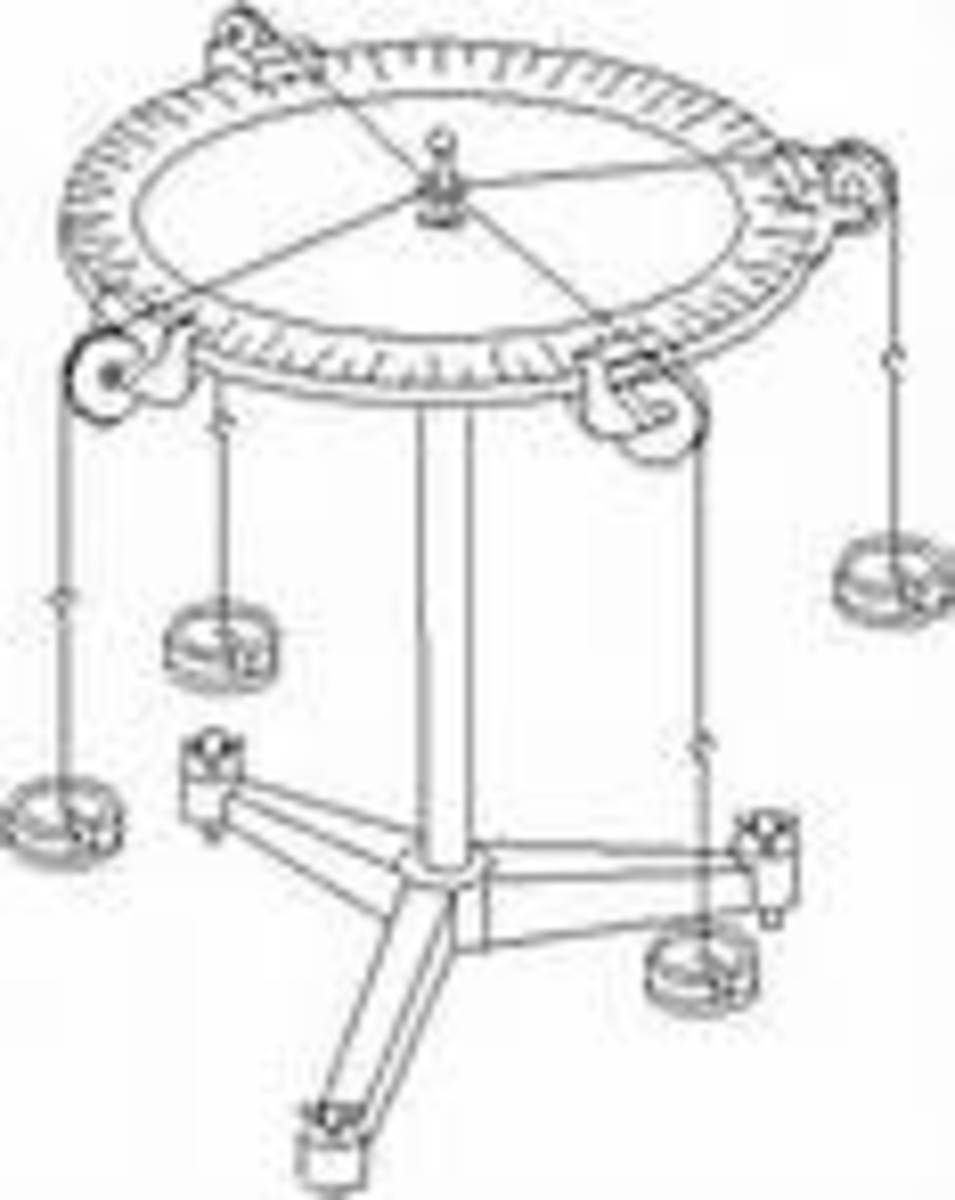The Sound Barrier: Not Just Broken by Aeroplanes! Whips and Bullets Do It.
Some of the elite barrier-busters
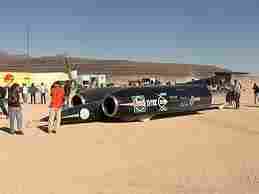
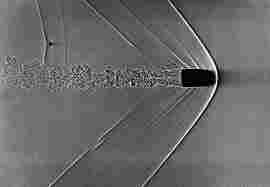

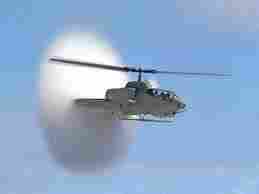
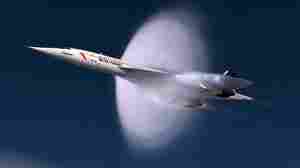
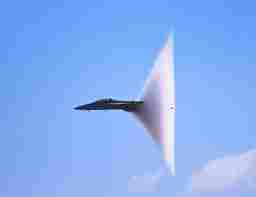
Breaking the Sound Barrier is now Commonplace
From the 1950’s, when war planes became commonly able to break the “sound barrier” and become “supersonic,” the loud “sonic booms” became an everyday occurrence in the skies of those regularly deploying military aircraft.
This provided an ideal opportunity for those who loved to pick up their pens and complain to the authorities and the press. Many lurid and exaggerated claims of the damage caused by this phenomena were bandied around, some even getting to the courts where people claimed they had been deafened, had their windows broken, (some verified) or even been shocked into falling somewhere. Most were rejected or discounted when the truth emerged that the booms were indeed loud but rarely caused any damage or long-term problems.
As aircraft became more streamlined, the force of the transition through the “compressibility” became weaker and less noisy.
Sound has a definite velocity through air close to sea level at about 1236 kms/hour, or 768 mph. When an object such as a plane attempts to go faster than this speed, it overtakes and compresses its own sound waves (along with some other complex effects) causing an explosive boom as it breaks through and the compressed wave is violently released. The second boom from supersonic aircraft is heard as the tail passes through the same compressed wave.
(note: this is a simple explanation to a complicated problem when described mathematically or in physics…even Wiki struggles with it!).
When the supersonic passenger plane, Concorde, began its major acceleration, it was over water, generally the Atlantic, to and from Britain/France/USA. Therefore, few heard the aircraft’s powerful booms over land. Ships, however, described Concorde’s progress as a loud rumble, called the “boom carpet,“ high in the sky at around 60,000 feet. This is because once a plane has breached the barrier, the sonic effect and sounds are continuous until its speeds drop below the speed of sound again.
Other objects which break the speed of sound are certain whips, like the bullwhip, producing the familiar “crack.” Most firearm bullets are faster than sound and produce a “crack” as they go overhead. A few land vehicles have reached this speed and produced the boom, and, as I read somewhere, a tomcat with a 10 yard start on the vet with a knife!.
The most unlikely and disputed is that certain dinosaurs could use their tails, whip-like, to breach the barrier and make explosive sounds to frighten other predator dinos! Who said there’s nothing new under the sun?
Most meteors pass through Earth’s atmosphere at “Mach 1, plus” speeds, (Mach 1 is common parlance for the speed of sound…Mach 2 is twice the speed, and so on), and produce sonic booms too high for us to hear.
Unless an invasion forces us to fill our skies with military planes hurrying hither and thither, or we replace supersonic passenger aircraft again, sonic booms are a thing of the past, probably a good thing in a world full of noise. It’s enough for this scribe to live near the UK’s Stansted Airport and hear the roar of landing and leaving jets (often in the “quiet” hours of midnight to 6AM). Commerce does what it likes under the Cameron government.
The earliest known records of this barrier facing aircraft was in Russia in the 1930’s. During WW2, both German and British propeller warplanes occasionally saw the effect while in power dives. Not only was the barrier breached, surprising pilots with the explosive sound, these early planes often became destabilized by buffeting at speeds beyond Mach1. A spitfire was known to have some controls reversed with fatal consequences. Not until jets came into common use was the phenomena understood and ceased to be feared.



